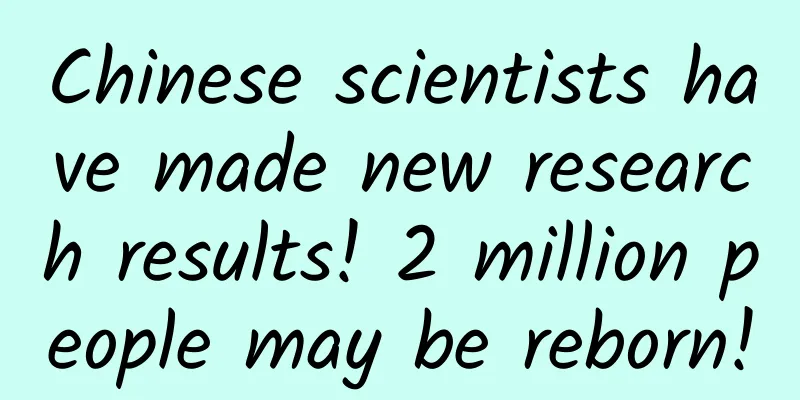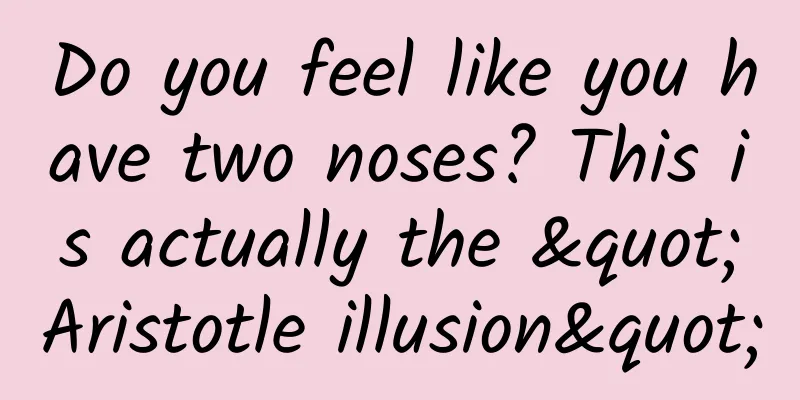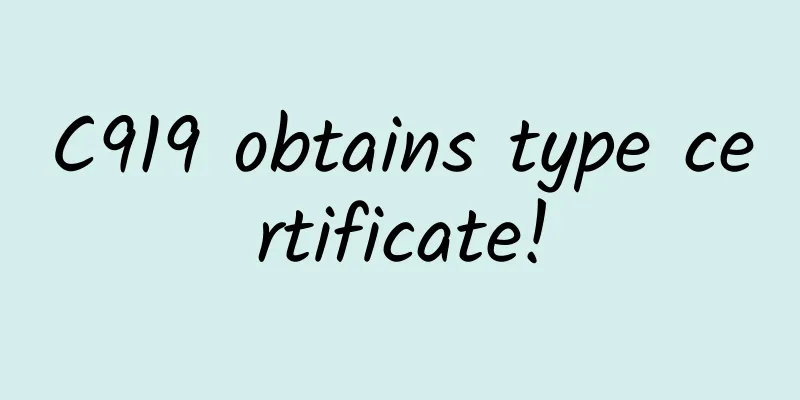Chinese scientists have made new research results! 2 million people may be reborn!

|
Approximately 2 million people worldwide suffer from blindness due to gene mutation, which is known as an "incurable" eye disease. Now Chinese scientists have developed a new gene editing tool that can reverse vision loss in animals through "unrestricted" gene editing. It has been highly praised by peers and is believed to be potentially applicable to almost all known human genetic diseases. On March 17, Yao Kai's team from Wuhan University of Science and Technology published a related paper in the top international journal "Journal of Experimental Medicine", designing a new universal gene editing tool to restore vision to blind mice. What is the connection between gene mutation and blindness? In fact, many congenital and acquired blindness are related to gene mutations . Genetic research has found that mutations in more than 100 different genes may cause blindness, including Leber congenital amaurosis (LCA) and familial exudative vitreoretinopathy (FEVR). Genes are the basic cause of life, and mutations in any gene related to visual development may cause blindness. Congenital hereditary eye diseases account for about 80% of blindness and severe visual impairment patients, and patients with single-gene hereditary eye diseases account for about 4% of the total population. Because most of them lack effective intervention methods, they have long been called "incurable" eye diseases. Copyright images in the gallery. Reprinting and using them may lead to copyright disputes. General treatment methods can only alleviate symptoms and require lifelong treatment, unless the mutated gene is edited, that is, the gene mutation that causes the disease is "corrected", in order to achieve a real therapeutic effect. At the same time, the existing gene editing methods have certain requirements for the location and mutation mode of the gene mutation, and not all gene mutation sites are suitable for gene editing. In this progress, Professor Yao Kai, Dean of the Institute of Visual Neuroscience and Stem Cell Engineering and School of Life Sciences and Health at Wuhan University of Science and Technology, led four post-90s doctoral students to build a new universal gene editing tool named PESpRY. This new gene editing tool overcomes the defects of the original gene editing tools. It is not limited by the type of gene mutation or the location of the gene mutation, and can make unlimited corrections to the entire genome. In addition, the research team used this technology to treat blind mice for the first time, and the visual ability of the mice after treatment almost returned to normal levels. Copyright images in the gallery. Reprinting and using them may lead to copyright disputes. This is the first time in the world that unlimited gene editing has been achieved in adult animals, and it is also the first time that the genome of retinal nerve cells has been directly edited, especially unhealthy or dying photoreceptor neurons. As we all know, neurons do not undergo cell renewal and are the most difficult cell type to treat. Therefore, this research is of great significance. This means that at the level of experimental animals, we can already modify the gene mutations of specific cells , and gene editing technology is expected to become a true gene drug. This is another important research progress following Professor Yao Kai's publication in Nature in 2018 that Müller glia can be reprogrammed to generate rod cells to partially restore the photosensitivity of mice. Would this test work in humans? Yao Kai said that if its safety is fully proven, this technology is expected to eventually develop into a gene drug that can be injected into the patient's eyes through surgery , which can reverse vision loss and restore sight in as little as two weeks. If this technology is promoted, it can help millions of blind people around the world regain their sight. Copyright images in the gallery. Reprinting and using them may lead to copyright disputes. However, the clinical use of a new technology must go through a technical verification phase to evaluate safety and effectiveness. In 2021, Biogen's Phase II/III clinical study of gene therapy for ophthalmic diseases, which was highly anticipated by the industry, failed, and the domestic clinical trial of gene editing for hereditary eye diseases was also announced to be terminated . There is still a long way to go from technological advancement to clinical use. Even so, Professor Palczewski, a member of the U.S. National Academy of Sciences and an expert in eye diseases, wrote a special review article to highly praise the achievement, believing that the technology has great potential for clinical application and is applicable to almost all known human genetic diseases, including eye diseases. Planning and production This article is a work supported by Science Popularization China Starry Sky Project Author: Tian Geng, member of the Industry Promotion Committee of the Chinese Genetics Society Reviewer: Tao Ning, Associate Researcher, Institute of Biophysics, Chinese Academy of Sciences Produced by: China Association for Science and Technology Department of Science Popularization Producer: China Science and Technology Press Co., Ltd., Beijing Zhongke Xinghe Culture Media Co., Ltd. Editor: Jin Yufen (Intern) The cover image and the images in this article are from the copyright library Reprinting may lead to copyright disputes Thumbs up to Chinese scientists! |
<<: Millet丨Born and raised in my country, the first grain crop with a "heavenly book" is here!
>>: [Smart Farmers] Do fish have tempers? A brief analysis of fish aggression
Recommend
The tragedy of Lenovo: Why did it fail miserably in the mobile phone market despite owning Motorola?
For Lenovo, a long-established company, there wer...
The most powerful copywriting for 520 Confession Day in history is here! !
520 is other people’s Valentine’s Day , but it is...
Easy learning: the role of IMP pointer in Runtime
You may have seen many friends introduce the conc...
“Advertisements that I advise you not to watch”, how to market in the post-epidemic era?
NetEase has become popular again because of a ser...
China Association of Automobile Manufacturers: A brief analysis of Chinese brand passenger car sales in May 2022
According to statistics and analysis by the China...
Practical tips for promoting Douyin, make the most of your Douyin account!
As short videos on Douyin continue to gain popula...
How to make a complete advertising plan?
How to make an advertising plan ? Make a 30-page ...
Pest: How can eating expose my ID number? !
Spring has come, and farmers have started their s...
My Map Navigation
Source code introduction Based on Baidu LBS, real...
In addition to the Mausoleum of Emperor Wen of Han, are there any other major discoveries that have rewritten textbooks?
In the past two days, every time I opened my Mome...
More than half of people don't know they have diabetes! Be alert if you have these symptoms
World Diabetes Day is celebrated on November 14th...
How can copywriting grasp user pain points? Use these 4 steps
Many new friends sent me letters asking for help,...
Sailfish OS cuts off its Russian presence due to Ukraine situation
As the situation between Russia and Ukraine evolv...
5 tips for running promotional events!
Usually when it comes to operational activities, ...









